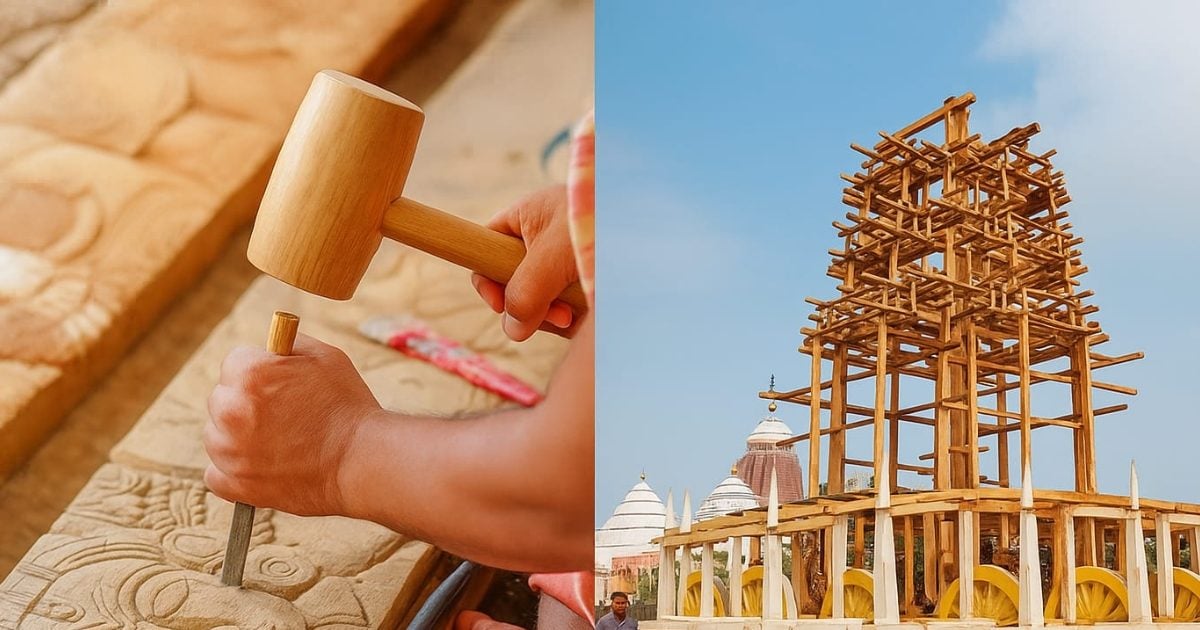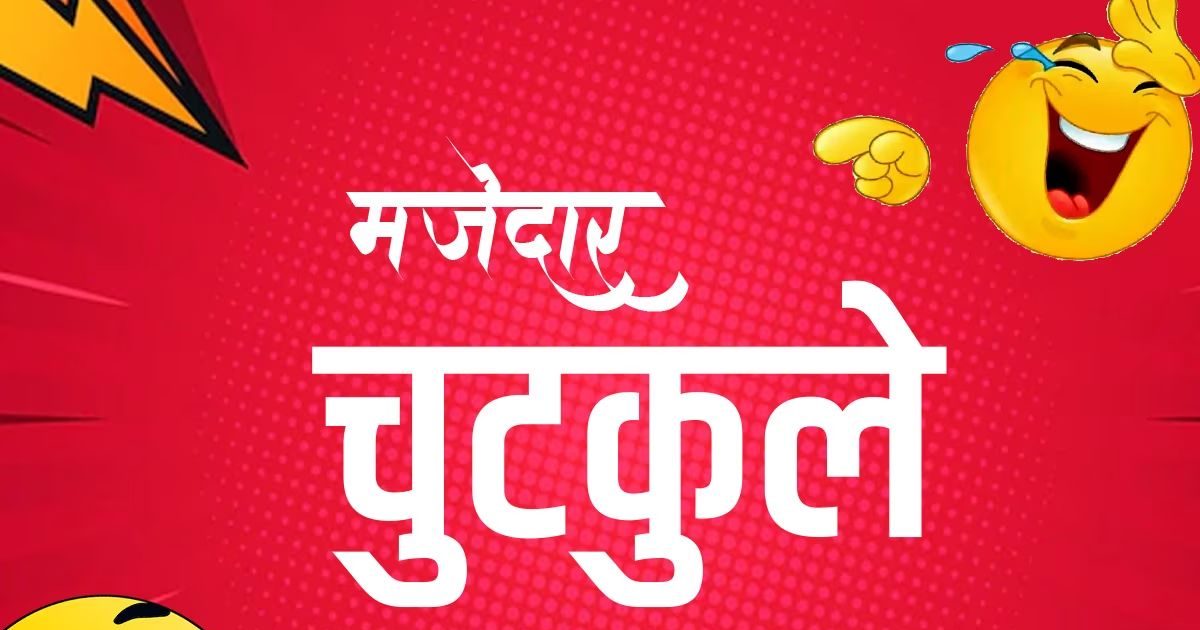Jagannath rath yatra 2025: Puri’s Jagannath Rath Yatra is not just a festival of faith, but a unique glimpse of India’s tradition, culture and craftsmanship. Every year, when three grand chariots are made for Lord Jagannath, his brother Balabhadra and sister Subhadra, they are not just a wooden structure, they are the results of months of hard work, special trees, workmanship related to generations and religious methods. The Rath Yatra is not only a matter of one day, the preparation, worship and hard work for several months are hidden behind it. The chariot is considered to be a very virtuous work. Even the Gajapati king of Puri starts the rath yatra by sweeping himself, which tells that everyone is equal in front of God, nor is there any big, nor small. Now the question arises that how do chariots become? Which wood looks like? And which people make them?
5 special wood is used to make chariots of Lord Jagannath, Balabhadra and Subhadra-
Facial wood – This makes the axis of the chariot i.e. axle.
Simli wood – This causes the upper part and decoration of the chariot.
Month and Daruk Wood – These special opportunities are taken for idols during Navkalevar.
These wood are brought from the forests of Odisha such as Mayurbhanj, Ganjam, Keonjhar and Dasalla. But these trees are not cut like this. First worship is done, then the tree is chosen.

First of all, on the day of Basant Panchami, the place of making chariots is worshiped. After this, wood is brought from the forest and brought to Puri. Then the work of making chariots starts on the day of Akshaya Tritiya. First the wood is worshiped, then the artisans start work by applying turmeric-sandalwood. It takes about 6 months to make the entire chariot.

The work of making chariots is available only to those people whose family has been doing this service for generations. It consists of many different artisans.
Special things of all three chariots
2. Balabhadra’s chariot – Taldhwaj
- Wooden pieces – 763
- Wheel – 14
- Height – 44 feet
- Color – green and red
- Guard – Vasudev
- Sarathi – Matli
- Horses – intense, gross, long labor, golden

3. Subhadra’s chariot – Darpadalan
- Wooden pieces – 593
- Wheel – 12
- Height – 43 feet
- Color – red and black
- Rakshaika – Jayadurga
- Sarathi – Arjun
- Horses – Ruchika, Machika, Jeet, Aparajita
When the chariot journey is completed, these chariots are broken. Their wood is considered as offerings and distributed among the devotees. People use it at home in worship or religious works. Chariot wheels are maintained several times or used in decoration.
Navkalevar – When God takes new form
Every 8, 11 or 19 years, when the most in the month of Ashada comes, new idols of Lord Jagannath, Balabhadra and Subhadra are made. This process is called Navkalevar. A mysterious Brahman element is extracted from old sculptures and inserted into new sculptures. The priests who do this work complete it by blindfolding, in darkness and with complete privacy.
There should be dark colored wood for Lord Jagannath. There should be marks of conch, chakra, mace and Padma on the tree. It is necessary to have a source of water, cremation, ants mound near the tree. Bell tree and Shiva temple should also be nearby. The tree should not be broken or there should not be a nest of birds.
Puri’s Jagannath Rath Yatra is not just a religious event. It is a confluence of Indian culture, workmanship, rules and faith. The wood that takes place in making the chariot has not only strength, but also contains tradition and spiritual energy. This is the reason that this journey has become the biggest symbol of faith not only in India, but in the whole world.



